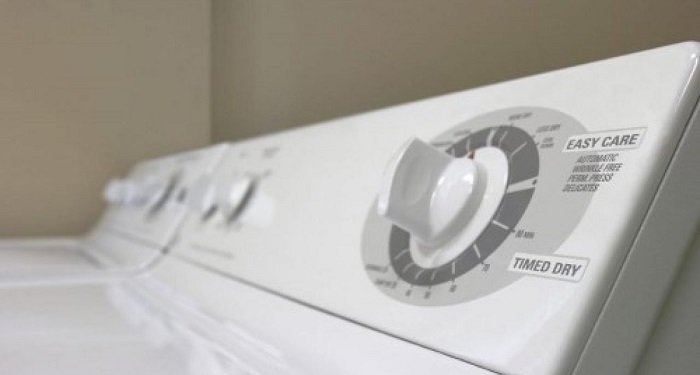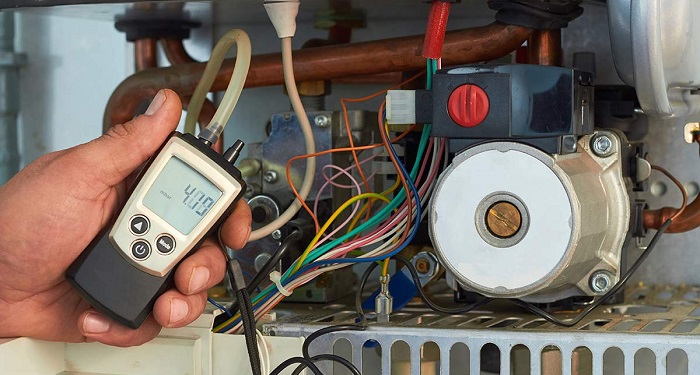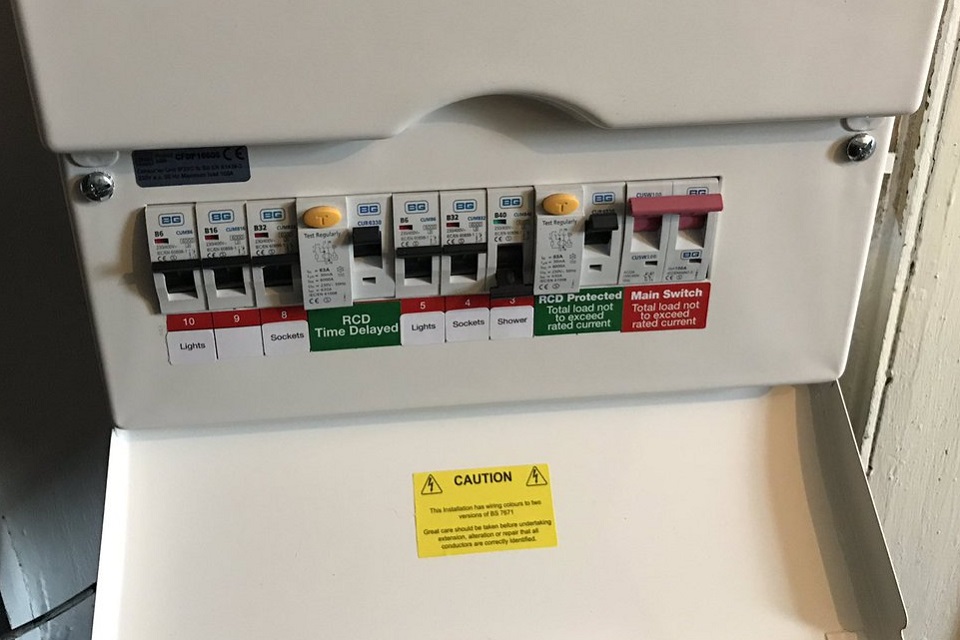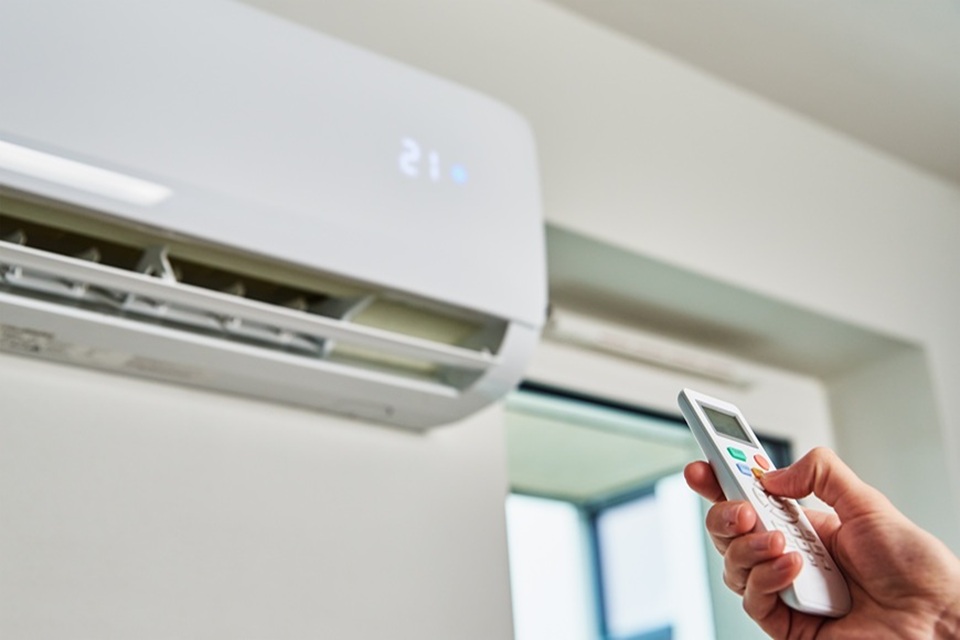Introduction to RCD Problems
In our guide to RCD tripping we will discuss potential causes behind repeated RCD trips and how to fix them. We will also break down how you can remove an RCD from a fuse box, how one can be replaced, how to prevent an RCD from tripping and the consequences of failing to fix an RCD which has this problem.
This article will be helpful if you are experiencing problems with your RCD or if you simply want to prevent RCD tripping from happening in the first place.
- Introduction to RCD Problems
- What is an RCD?
- Why Does my RCD keep tripping?
- How to Fix a Tripping RCD
- How to Fix a Faulty Appliance
- How to Fix a Low-Quality RCD
- How to Fix a Wrong RCD Current Rating
- How to Fix Any Appliances/Items That Use Motors or Pumps
- How to Fix Older Washing Machines/Dryers
- How to Fix Fridge/Freezers Which Is Cooling Down
- How to Fix Moisture in Outside Electrical Boxes/Sockets
- How to Fix Central Heating Issues
- How to Fix Water in Wiring
- How to Remove an RCD from Your Fuse Box
- How to Replace an RCD
- How to Prevent an RCD from Tripping?
- What Can Happen if I Don’t Fix my RCD?
- Electrician Cost
- FAQs
- Sources
What is an RCD?
For this section we will examine what an RCD is. We will also discuss where it can be located and its purpose. A residual current device or RCD is a safety device designed to switch off the power if there is a fault, acting as a trip switch. RCDs go beyond the safety levels offered by regular fuses and circuit breakers.
An RCD is usually located in the fuse box (consumer unit). It might also be located between the circuit breaker and power sockets. The purpose of an RCD is primarily to reduce the risk of fire and electrocution. RCDs can be lifesaving.
If a person makes contact with something electric that is live, the RCD will turn off the circuit in a fraction of a second which reduces the threat of serious injury or death significantly.
Why Does my RCD keep tripping?
We will now look at possible reasons why your RCD keeps tripping. We will discuss common causes including faulty appliances, an incorrect RCD current rating and central heating issues.
Faulty Appliance
One of the most common reasons for RCD tripping is a faulty appliance. The RCD will trip to remove a dangerous electrical circuit resulting from an appliance that is faulty.
This is of course one of the key jobs of an RCD. If these trips occur shortly after modification or maintenance in the home, then this may be related to a faulty appliance. This is more likely to occur when more items are plugged in than usual.
You should also look out for any appliances that appear to be acting up on their own accord. It could be that the fridge, shower or oven is tripping the RCD.
Low-Quality RCD
In some cases, a low-quality RCD may be the reason that it keeps tripping. In this case an RCD could be tripping when it’s not meant to. With a low-quality RCD it will either fail to reset or reset correctly before tripping just a couple of minutes later.
Wrong RCD Current Rating
Every RCD has a particular current rating which if met or surpassed will cause it to trip. If an RCD has a current rating which is too low this could cause it to trip unnecessarily and repeatedly. A sign of an RCD with the wrong current rating is one that trips again and again.
Motors or Pump In An Appliance
If a motor or pump in an appliance causes a momentary spike in electrical activity, this surge could be enough to trip an RCD. Appliances with motors include fans, hair dryers and electric razors while washing machines are among those items with pumps.
If your RCD is only tripping on certain occasions, then this could be a sign that a specific appliance which has a motor or pump is causing it to trip.

Older Washing Machines/Dryers
Electrical spikes can also be the result of old washing machines or dryers which can trip an RCD. Similarly, to appliances with motors or pumps, if it appears that your RCD trip times occur during the same parts of the day (when you are using these machines) then this is evidence that the washing machine is tripping the RCD or that the tumble dryer is.
Fridge/Freezers Cooling Down
A fridge or freezer cooling down can also lead to electrical spikes. Since these items usually remain plugged in, a repeatedly tripping RCD at any point of the day could be a sign that this is the cause.
If you notice that shortly after the motor inside your fridge or freezer begins to increase its work rate the RCD trips this may be another sign that a fridge or freezer cooling down is the cause.
Moisture in Outside Electrical Boxes/Sockets
If moisture is present in outside electrical boxes or sockets, this can cause an RCD trip. A sign that this may be the explanation is if the weather seals have decayed or/and your RCD keeps tripping randomly.
Central Heating Issues
A faulty part in your central heating could also be the cause of an RCD trip. When a timer turns on the faulty part it could lead to an RCD trip. It may or may not cause RCD trips at particular times of the day. It may also result in RCD trips on a continual basis throughout the day.
Water in Wiring
It is not uncommon for water in wiring to cause RCD trips. Moisture can make its way into electrical wiring following a bath or shower or perhaps as a result of rain making its way into any wiring.
A sign that water in wiring is the cause include that there appears to be a correlation between recent water usage of some kind or/and rainfall and RCD trips.
How to Fix a Tripping RCD
For each cause of an RCD trip, there are distinctive solutions to consider. We will now break down ways you can fix a tripping RCD for each of the problems listed in the previous section.
How to Fix a Faulty Appliance
To further examine whether a faulty appliance is causing your RCD to trip, unplug every electrical appliance in your home and check whether your RCD resets correctly. If it does, plug in each appliance one by one and reset your RCD as you plug in each item.

If suddenly the RCD starts tripping again shortly after plugging in one item in particular, then you’ve likely identified the specific cause. To solve this, you should hire a professional to fix or replace the appliance.
How to Fix a Low-Quality RCD
To fix a low-quality RCD, you should hire a professional. In most cases, you will need a new RCD installed. To avoid unnecessary costs, you should discuss this with the electrician before they arrive to inspect the RCD.
How to Fix a Wrong RCD Current Rating
If your RCD has an incorrect rating, it may need to be replaced. Consult a professional to discuss the matter. You will likely need to hire them for a home visit so that they can inspect and repair or replace the RCD.
How to Fix Any Appliances/Items That Use Motors or Pumps
When it comes to appliances which utilise motors or pumps, you will probably need to hire an electrician to come out and fix the problem. They may recommend a repair or replacement. You could discuss this before they pay an initial visit.
How to Fix Older Washing Machines/Dryers
An electrician could take a look at your washing machine or dryer if you believe that one of these are the cause. If your suspicions are correct, they may suggest having a specific part or parts repaired or even having the entire appliance replaced, depending on the severity of the issue.
How to Fix Fridge/Freezers Which Is Cooling Down
If you believe that the motor which is working to cool down a fridge or freezer is the cause, it would be best to hire a professional to take a look.
They may recommend having the appliance replaced or rerouting the wiring connected to the fridge or freezer to prevent RCD trips. Of course, if the fridge or freezer is under warranty you could get a new one free of charge.

How to Fix Moisture in Outside Electrical Boxes/Sockets
To fix issues caused by moisture present in outside electrical boxes or sockets, you should first turn off the power supply completely before drying the electrical boxes or sockets. If the weather seals have been destroyed beyond repair, you should have them replaced.
How to Fix Central Heating Issues
If central heating issues appear to explain what the RCD tripping causes are, you should have a professional come out and take a look and beforehand discuss possible repairs and replacements. The electrician on inspecting your central heating may find a specific problem and offer a solution such as a repair or replacement of a given part.
How to Fix Water in Wiring
Increasing ventilation or heating in your home can help to prevent moisture from affecting your household’s wiring. By combining a heater with a device such as a hygrostat (humidistat) or hygrotherm you can control air flow and moisture more effectively in your home.
Hygrostats respond to humidity levels in a given enclosed space. It is connected to the heater and helps to manage humidity. Hygrotherms work as both a humidity and temperature controller.
If the problem persists, you may need to hire an electrician and you should consider consulting a professional either way as you might want to ensure that there are no immediate safety concerns.
How to Remove an RCD from Your Fuse Box
In this section we will explain how you can remove an RCD from an RCD fuse box. In some cases, an RCD may be present elsewhere but in the majority of cases it will be found in the fuse box. Lift up the flap on your fuse box. The RCD switch may be labelled as ‘RCD’.
Alternatively, there could be a ‘T’ or the word ‘Test’ directly above it. Before removing the RCD, ensure that all power is turned off. Employ a screwdriver to remove both screws which attach the RCD to the fuse box.
Look for a small tab which contains a slot on the back of the RCD. A flat blade screwdriver can then be used to place inside the slot. Next, pull down the slot while you pull the RCD in your direction to remove it.
This can be done DIY if the aforementioned guidance is applicable however some RCDs and fuse boxes may be different. While hiring an electrician may not be necessary, if in doubt, you should consult a professional.
How to Replace an RCD
We will now discuss how you can replace an RCD and look at topics such as whether this can be done DIY and the costs involved if you were to hire an electrician. As discussed above, an RCD may be labelled as it’s named or marked with a ‘T’ or the word ‘Test’ above it.
To replace an RCD, you will first need to remove it using the steps discussed in the previous section. Once the RCD is removed, another can be put in place by completing the removal steps in reverse.

However, a new RCD will also need to undergo various tests. While replacing an RCD can be done DIY, unless you are well-studied and highly competent in the area, you should hire an electrician.
This is because there are multiple aspects to correctly replacing an RCD. It will likely cost between £30 and £70 to replace an RCD including both installation and supply costs. An RCD itself will likely cost between £10 and £40.
How to Prevent an RCD from Tripping?
For this section we will look at ways to prevent repeated RCD trips. We will look at measures that can be taken to ensure it doesn’t happen again. To avoid RCD tripping, you should make sure that you have a good quality RCD to begin with.
If not, you might consider replacing it with a better RCD. Taking care of your appliances can help prevent a faulty appliance resulting in RCD trips. You should also check that your RCD has the correct current rating.
By installing devices to control humidity levels as well as having good ventilation and fans in your home, you can reduce the risk of water making its way into the wiring. Also check that there is no moisture present in outside electrical boxes and sockets.

Turn off the power before inspecting them and dry them if necessary. Also ensure that the outdoor weather seals are in good shape but replace them if needs be. These approaches can also be taken as measures to prevent repeated RCD tripping happening again if it has occurred before.
Annual maintenance of your boiler by a professional is a good measure you can take to prevent this problem from repeating. Another beneficial measure is to deal with any electrical or appliance faults as soon as they arise.
What Can Happen if I Don’t Fix my RCD?
Failure to fix an RCD that repeatedly trips can lead to many hazards such as the risk of fire and electrocution. An RCD which is continually tripping may already be faulty or low-quality to begin with but either way repeated tripping can cause the RCD to deteriorate over time.
Fire
An RCD is a safety feature and if it is not working properly, fire is one of the hazard risks involved. If it is constantly tripping, its ability to function may end up damaged.
RCDs are designed to trip out when there is a sudden surge in electrical activity so a faulty or broken RCD will increase the risk of a fire breaking out in a household.

Electric Issues
If an RCD is not able to trip and knock off the power when it should be such as from repeated tripping resulting in it becoming damaged, electric issues may emerge with time which can as a result act as a hazard by raising the risk of fire or electrocution.
It may also increase the risk of wear, tear and possible damage to the electrics as a whole.
Electrocution
As with fire, electrocution is a hazard which you risk if an RCD isn’t working properly or continues to trip.
Carelessness
If your RCD trips often, you may not realise when the RCD is tripping in relation to a genuine safety concern with your home’s electrics or appliances.
This can increase the risk of carelessness and make it more likely for the signs of a faulty appliance or an issue with your electrics to go unnoticed.
Electrician Cost
We will now break down the estimated costs associated with an electrician including RCD installation costs. Electrician rates can vary significantly for different regions of the UK.
| Task | Price |
|---|---|
| Electrician Charge (Hourly) | £30 to £50 per hour |
| Electrician Charge (Daily) | £240 to £400 per day |
| Emergency Electrician Charge (Hourly) | £70 to £90 per hour |
| Fix or Replace an RCD | £30 to £70 |
FAQs
Q: How does an RCD work?
A: An RCD works by measuring your home’s electric current flow and on noticing a fault or surge in electrical activity it will shut off the power.
Q: Where can I buy an RCD?
A: You can buy an RCD through a retailer like Screwfix or TLC. You will also find RCDs for sale on online stores such as eBay.
Q: How long does an RCD last?
A: An RCD will probably have 10 years or more before becoming faulty.
Q: Is an RCD mandatory?
A: You may be required under Part P of building regulations to have an RCD installed although this should only apply to new or rewired homes. There are many cases for new or rewired homes where you will need an RCD.
Q: Do I need a new RCD?
A: Generally, if your RCD is damaged or faulty, it will need to be replaced.
Sources
- https://www.electricalsafetyfirst.org.uk/guidance/safety-around-the-home/rcds-explained/
- https://www.alliedelectrical.co.uk/trip-testing-rcd-home
- https://www2.theiet.org/forums/forum/messageview.cfm?catid=205&threadid=13110
- http://www.judgeelectrical.co.uk/rcd/investigate-tripping-rcd.html
- http://www.marcspages.co.uk/pq/3342.htm
- https://www.hunker.com/13408650/kinds-of-machines-that-make-use-of-electric-motors
- https://www.appliancespareswarehouse.co.uk/washing-machines/washing-machine-pumps
- https://blog.se.com/power-management-metering-monitoring-power-quality/2013/10/29/electrical-enclosures-warm-dry-keeps-condensation-away/
- https://www.devonia-electrical.co.uk/help-centre/do-i-need-an-rcd/







